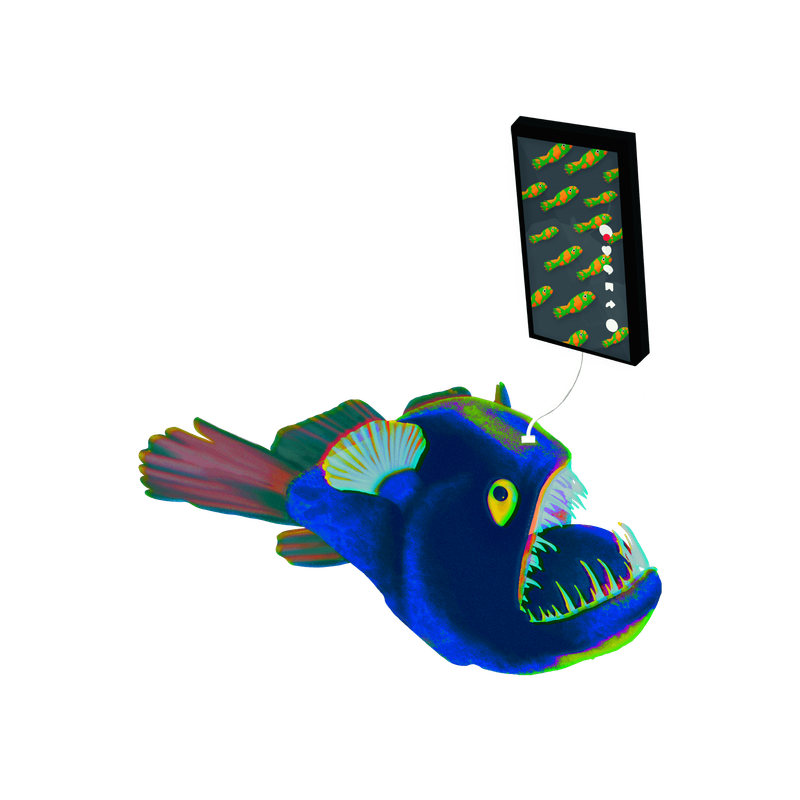What do we think when we think of nature? Perhaps always too little or too much, for it seems no single answer can come forth before a whole jostling lot arrives all at once.
This situation, of course, is nothing new. In Physics I and especially II.1, for instance, we find Aristotle attempting to set the record straight concerning phusis, kata phusein, and so on. Long story short, he was not successful, at least judging by one eighteenth-century source, who calls Aristotle’s definition “so obscure, that none of his commentators, with all their glosses, have been able to render it intelligible.” This remark comes from Ephraim Chamber’s Cyclopedia (1728) entry on nature, an entry that is recast in one way or another in Johann Zedler’s Universal-Lexicon (1731–1754), in Diderot and d’Alembert’s Encyclopédie (1751–1772), and in the first edition of the Encyclopedia Britannica (1768–1771). The Cyclopedia entry itself draws on a 1686 essay by Robert Boyle, in which he lays out several senses of nature. According to the entry, we understand nature as 1) natura naturans, God; as 2) essence; as 3) that which is given by nature, like genius or genetic disorders; as 4) an innate principle of motion; as 5) fate, necessity, or providence; as 6) the powers belonging to a body that determine its constitution; as 7) the universe, the collection of all that exists; and as 8) the demiurge or world soul. The entry ends by leaving us with a recommendation for a less ambiguous understanding: nature is the aggregate of bodies that are subject to the laws of motion.
There is much on this list that is familiar to us still, some less so. Nevertheless, we find no mention, at least directly, of that nature that includes all the non-artificial beings comprising the animal, plant, and mineral kingdoms. They are not included under this encyclopedia heading, which is not to say, of course, that they are entirely excluded from the encyclopedias—one must only look elsewhere, for the multitude of nature is to be found under the heading of that science that investigates it generally and particularly, that is, in natural history.
Natural history, the science that describes and systematically arranges the products of nature, was not generously esteemed by everyone in the eighteenth century. Notably, in his Metaphysical Foundation of Natural Science (1786), Kant denied that natural history could be a proper science, and, strictly speaking, denied that what usually occurred under the name of “natural history” deserved even that title; rather, as “a system of classification for natural things in accordance with their similarities,” it is better called Naturbeschreibung (natural description). Yet, it was at this time that one of Germany’s (if not the) most famous natural histories, Johann Friedrich Blumenbach’s Handbuch der Naturgeschichte was published. It had first been released in two parts from 1779–1780, and was currently on its second edition in 1786, and was soon destined for its third in 1788. All told, the Handbuch would go through a total of twelve sanctioned editions, with the last being published in 1830. The book would also be translated into Danish, English, French, Italian, Dutch, and Russian
The work’s long publication and translation history has recently earned it the title of being one of the most successful works of its time.[1] Such a judgment, however, carries the caveat that a successful work need not mean one that is novel, careful, or provocative. Needless to say, the American TV show, The Bachelor, is in its nineteenth season, at the time of writing. Indeed, Blumenbach himself reveals that an aim of his work is “[to] include from the inestimable fullness of particulars as many of those that are most publicly useful and most interesting” (1821, III). I will speak more about the aim of the book below, but let me just say here that it was meant to appeal not only to serious natural researchers, but also, and perhaps more so, to curious amateurs. Consequently, the success and popularity of the work might have to be chalked up more to the appeal of its accessibility, to the allure of its fascinating creatures, and to its overall usefulness, rather than to it being a groundbreaking study of nature.
If in this work and others, Blumenbach were merely repackaging previous investigations of eighteenth-century natural history into an enticing and useful format, his work would still be important for understanding the historical reception of nature concepts, but not as offering anything radical or new. Yet, I hope to show the contrary. I am encouraged by the fact that if his work really lacked any ingenuity or anything worthwhile, then we would have to explain how he could have influenced such a number of remarkable students, including but not limited to Alexander von Humboldt, Carl Friedrich Kielmeyer, Christoph Girtanner, and Gottfried Reinhold Treviranus.[2] Moreover, contemporary scholars have generally only positive estimations of Blumenbach's work. They have described him as “one of the most influential late-eighteenth-century life scientists,”[3] as “one of the leading exponents of the revolutionary change of the geo-biological concept of the world at the turn of the 18th to the 19th century,” as having introduced comparative anatomy to Germany, and as having inaugurated the field of comparative anthropology.[4]
Given such accolades, given such a wide-ranging and proliferous publishing record, given such an illustrious group of students, given that Blumenbach has been described as bridging the gap between Buffon and Darwin, one might expect a wealth of scholarship on this Göttingen scientist. Yet, with some important exceptions, this is not the case. For instance, there is no monograph on him in English that I know of (and relatively few even in German). This is not to say that he is entirely ignored in the scholarship. In fact, scholars generally focus on three areas of his thought. First, as the above quotations attest, scholarship recognizes Blumenbach as playing a prominent role in late-Enlightenment science, especially with regard to his Bildungstrieb theory of generation and its place in the development of early biology. Second, in respect to this theory and often in acceptance or rejection of Timothy Lenoir’s teleomechanist interpretation, scholars have focused on Blumenbach’s relationship to Kant. And, third, they have focused on Blumenbach’s role in the development of the concept of human race, which he first developed in his 1775 dissertation, De Generis Humani Varietate Nativa, and published as a book the following year, and substantially revised thereafter. Foregoing scholarship, then, has often had an aim other than the interpretation of Blumenbach’s thought in itself, subordinating it to larger narratives about late-Enlightenment science, or to his relationship with Kant (especially his influence on Blumenbach), or to a more general history of the race concept. All of these efforts have been extremely important, and I do not mean to suggest otherwise. Nevertheless, the present paper is an effort to consider Blumenbach’s thought in itself, especially as it is contained in his natural history. It is an effort to think of a nature that is not the object of natural science, but of natural history, not as the aggregate of bodies subject to the laws of mechanical motion, but of the multitude that inhabits the earth. It is an effort, ultimately, to begin to see what Blumenbach thinks when he thinks of nature.
I will proceed as follows. First, I consider his general principles of natural history; i.e., how we divide nature from the artificial, the organized from the inorganic, and animal from plant, in addition to some objections and replies. Next, I analyze Blumenbach’s methodology, especially as it sets him apart from Linnaeus and Buffon. Finally, I explicate a prominent aspect of the Handbuch, that is, its commitment to interpreting the usefulness and importance of nature.
...
Details
“On Blumenbach’s Concept of Nature,” Nature and the Philosophy of Nature in German Idealism and Romanticism. (The University of Sydney. Sydney, AU: June 2015).
[1] Denise Phillips, Acolytes of Nature: Defining Natural Science in Germany, 1770-1850, (Chicago: University of Chicago Press, 2012), 56.
[2] Timothy Lenoir, The Strategy of Life: Teleology and Mechanics in Nineteenth-Century German Biology, (Chicago: University of Chicago Press, 1982), 17.
[3] Peter Hanns Reill, Vitalizing Nature in the Enlightenment, (Univ of California Press, 2005), 124.
[4] Erik Nordenskiöld, The History of Biology: a Survey, trans. Leonard Bucknall Eyre, (New York: Tudor Publishing Company, 1928), 307–9.





